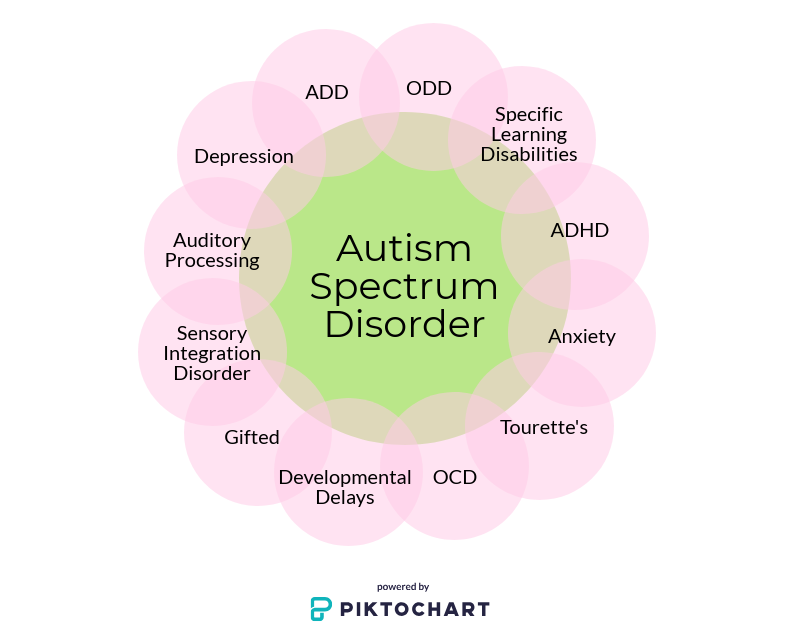Funding changes for autism treatment have families concerned

BELLEVILLE – Families are concerned that funding changes the provincial government is making to the Ontario Autism Program are going to have negative effects.
Instead of giving money to Applied Behaviour Analysis programs that treat children on the autism spectrum, the government is now going to give money to families directly so they can pay for the treatment their children need.
The change means that the long wait list for Applied Behaviour Analysis treatment will be cleared and all kids who need it will receive the treatment, according to the minister of children, community and social services, Lisa MacLeod. ABA treatment helps children with autism develop language and communication skills, improve their focus, memory, social skills and academics, and decrease problem behaviours.
The new system is expected to clear 23,000 children off the autism wait list within the next 18 months, according to a news release from the Ontario government.
Ontario invests $321 Million in autism supports each year. 40,000 children in our province have autism but only 8400 receive support while 23,000 are stuck on waitlists. That means 75% of kids are denied support. It’s wrong, unfair and I’m changing that.
— Lisa MacLeod (@MacLeodLisa) February 6, 2019
But some parents are saying they fear the government’s funding change may do more harm than good. There’s concern that there won’t be enough staffing or experts for treatment, resulting in kids getting less time with professionals. As well, the money that the government is offering may not be enough to cover the cost of long-term treatment, they say.
According to a 2009 study about the ABA program, the treatment has been proven to have the highest success rate for children with autism. But the study also said that unless kids get 20 or more hours a week of treatment, the program becomes less effective.
Calum Armstrong, a first-year construction student at Loyalist College, has a cousin on the autism spectrum who’s received ABA treatment for the last several years. “I’ve watched him go through (treatment) for years, and (it’s) helped,” Armstrong told QNet News this week. “But he’s not done, and he’s not going to get the same amount of time in the program. And we’re terrified it’s not going to be enough.”
The amount of funding a family will be eligible to receive from the government depends on the age of the child going into the program. For example, a child entering ABA at age two would be eligible to receive up to $140,000, while a child starting at age seven would receive up to $55,000.
“The worst case is that this was all for nothing,” Armstrong said.
 Print This Post
Print This Post






